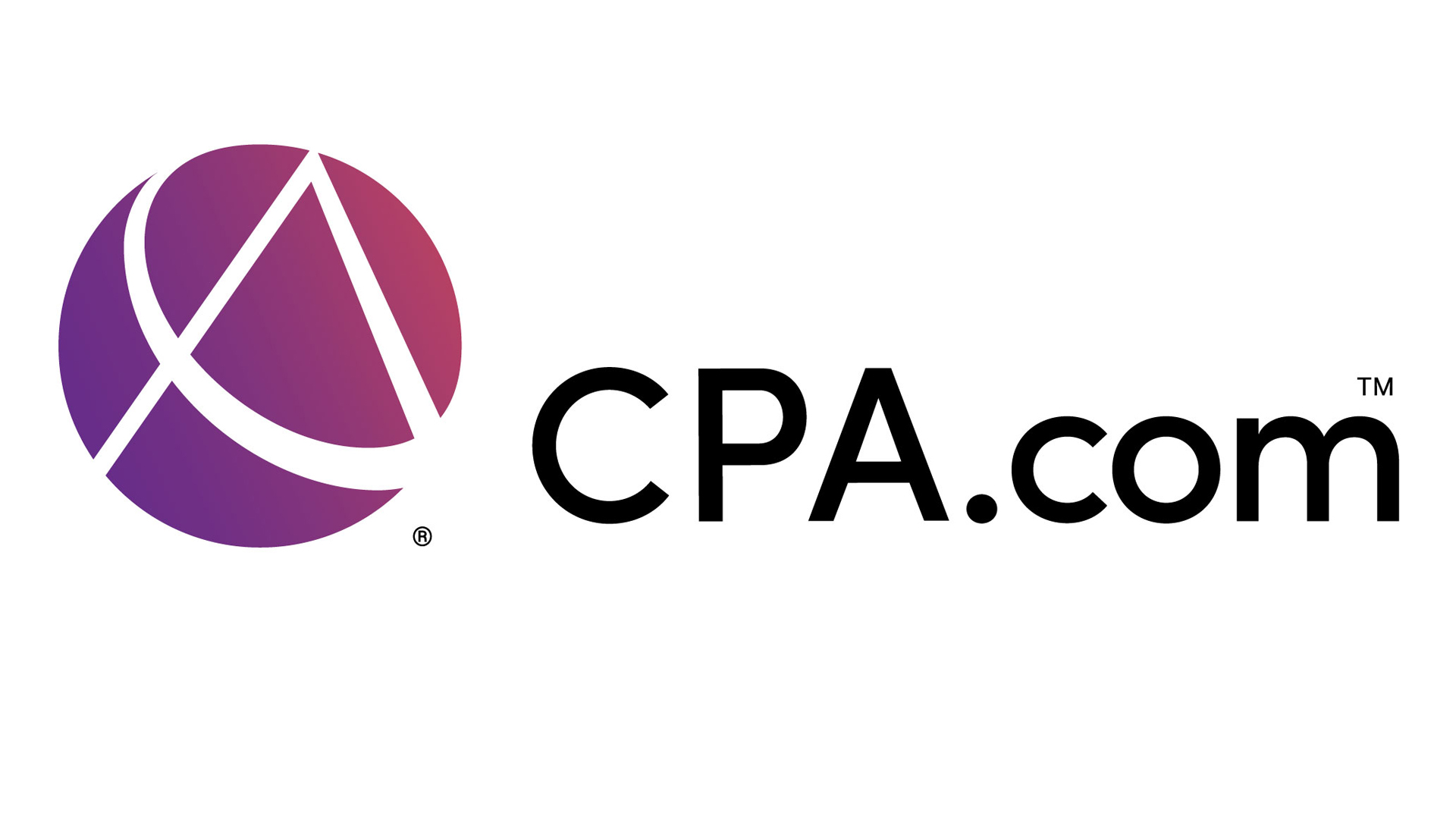The fundamentals for strong M&A activity remain in place despite a slowdown in U.S. merger and acquisition (M&A) activity in the first half of 2013, according to PwC US. Buyers remain extremely active in identifying, evaluating and competing to acquire assets in the market. Dealmakers are placing a premium on deal certainty, speed and agility to ensure successful deal outcomes that deliver long term value, according to PwC’s U.S. mid-year M&A outlook, released today.
In the first half of 2013, there were a total of 4,587 total transactions, representing $528 billion in disclosed deal value, according to data compiled by Thomson Reuters and analyzed by PwC. Accelerated deal flow in the final months of 2012, a constrained supply of assets for sale, and a lack of confidence in executing on transactions contributed to a drop in deal activity in the second quarter of 2013. As PwC expected in its 2012 year-end M&A outlook, the middle market continued to prop up activity, accounting for 28 percent of value through June 30, 2013.
“Challenges in the M&A market are being driven by a lack of well-positioned assets for sale, not poor deal fundamentals,” said Martyn Curragh, PwC’s U.S. Deals Leader. “A shortage of quality assets and a growing list of willing acquirers dictate a need for confidence and greater preparation to execute, from deal strategy through integration. Greater competition is driving valuations and deal timelines, leaving some would-be acquirers to reflect on missed opportunities, and others with buyers’ remorse for failure to capture deal value.”
According to PwC’s 16th annual CEO Survey, CEOs are bullish with at least 75 percent expecting growth over the next year through both organic means and acquisitions. Nearly half of U.S. CEOs said they plan to do a deal in 2013, indicating that dealmaking remains top of mind for business leaders, however, less than one third of those U.S. CEOs seeking a deal completed one in the preceding 12 months. This shift in frequency – and the pace of individual deal participants – is one factor impacting how deals are being executed in today’s increasingly competitive market. With readily available financing, corporate cash levels at $1.29 trillion, and strong equity markets, PwC expects the combination of these critical factors to support sustained deal activity through the remainder of 2013.
“Corporates are seeking opportunities to grow with a strong focus on strategic fit, value creation, and execution certainty. Companies of all sizes, and across all industries and regions, are looking for the right synergies to provide long term growth,” added PwC’s Curragh. “In this slow growth environment, buyers are taking on an ownership mindset earlier in the process, with a focus on agility, speed and flawless execution. Those who are unable to adjust their strategies and integrate quickly may be left second guessing their decisions.”
Integration
As stakeholders place greater pressure and emphasis on companies to deliver deal value, companies are focusing on a more thoughtful and comprehensive integration process to quickly deliver on their investment rationale. According to PwC, early capture of deal synergies and value, increasing the knowledge around an asset, and flexible, rapid execution of the integration plan is critical to maximizing the return on an investment.
Divestitures
Divestitures remain a key driver of M&A activity, making up 31 percent of disclosed deal value in the first half of 2013. However, according to PwC, changes in buyer expectation, shareholder pressure and evolving industry and regulatory considerations are among the factors impacting the level of preparation needed on both the buy and sell side for deal certainty. Companies that develop robust divestiture preparation processes are better positioned to successfully exit their businesses in a shorter time frame, avoid sale price erosion, minimize distractions and derive the desired value from the sale.
Private Equity
Private equity deals accounted for 20 percent of total deal value in the first half of 2013, representing a total of $103 billion in disclosed deal value. “Private equity firms are continuing to look at a range of opportunities to monetize their existing investments and are having success by preparing their portfolio companies to tap the debt and equity markets,” said Tim Hartnett, PwC’s Global and U.S. Private Equity leader. “At the same time, private equity players are looking to improve the performance and efficiencies of their portfolio companies’ operations and gain greater industry knowledge to enhance longer term prospects.”
Industry Sectors
Several sectors are ripe for deals, especially those where technology-driven convergence is a key driver and companies look to complete deals outside of their core competency. Notable sectors that continue to present opportunities include:
Technology – While deal activity in the technology industry over the last several years has helped larger integrated companies build out platforms on new generation IT offerings – such as social, mobile, analytics, and cloud – there is a tremendous amount of opportunity to drive more acquisition of innovators to either establish or maintain leadership positions. As such, software transactions will likely continue to dominate volumes because of the importance of the shifts in cloud, mobile and needed security to businesses both inside and outside the technology industry. Private equity funds continue to play an active role and divestitures are expected to continue as hardware-centric technology players refocus on a software-centric future. The ongoing cloud/mobile convergence, coupled with record levels of cash, lend confidence that deal activity will likely rebound in the quarters to come.
Health Industries – Health industry consolidation has increased more than 50 percent since 2009 and is expected to continue through 2014. As the nation prepares for implementation of major provisions of the Affordable Care Act, innovative healthcare partnerships can lead to improved efficiency and provide high-value care to discerning customers. In the pharmaceuticals industry, companies continue to acquire innovative technologies and products via licensing to supplement the R&D pipeline and diversify portfolios with new markets and products. Pharma companies are looking beyond BRIC nations into ‘frontier markets’ to seek growth and innovation. As companies complete spin off activity, PwC expects to see an uptick in pharma deal volume based on available assets.
Financial Services – Financial services M&A will continue to face both uncertainty and opportunities in the second half of 2013 due to several factors including increased regulatory costs, depressed organic growth and the greater availability of attractive financing. However, M&A desire remains high among buyers, and there is increasing interest in quality financial services assets. Valuation gaps remain, and differences between buyer and seller perception of future profitability will likely continue to present a challenge. At the same time, deal activity in 2013 is expected to be driven by ongoing divestiture of non-core assets by major European institutions as well as restructuring activity as U.S. financial services companies comply with increased regulations, motivating businesses in the space to consider a range of transactions from asset sales to spinoffs.
Retail & Consumer – Retail industry dealfundamentals remain solid in terms of corporate interest in accelerating growth and private equity funds availability. Challenges include availability of quality businesses for sale and mismatches between buyer and seller expectations around price. PwC is cautiously optimistic for the second half of 2013 given the recent pick up in businesses starting to come to market for sale and relatively positive trends in consumer sentiment and retail sales. For the balance of 2013, continued cross-border retail activity to access certain demographics in the global marketplace is anticipated.
Thanks for reading CPA Practice Advisor!
Subscribe Already registered? Log In
Need more information? Read the FAQs



